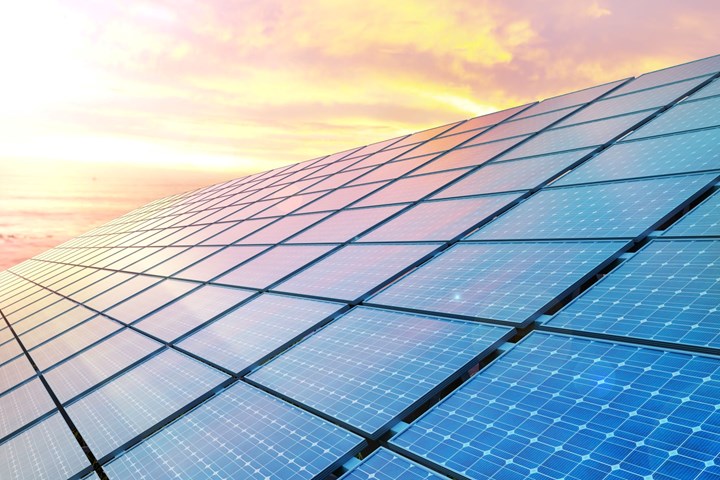Cross-Linkable Formulations for Photovoltaic Cables
Avient’s Eccoh XL 8148 PE-based formulations support the rising need for solar power generation.

A proprietary slate of polyethelene-based cross-linkable formulations for photovoltaic cables in solar energy applications developed by Avient Corp., is now globally commercially available. The new Eccoh XL Cross-Linkable Solutions for photovoltaic cables are REACH compliant and rated for permanent outdoor use with good UV and weather resistance, passing Arrhenius lifetime prediction tests as per IEC 60216-1. They also boast good electrical performance, are compatible with either DC or AC power supply, and pass flame retardant performance to EN 50618 and IEC 60332-1 standards.
These new formulations also can provide manufacturing efficiencies for cable producers by reducing the need to use multiple materials because Eccoh XL Solutions can be used for both cable insulation and jacket coating. Moreover, they reportedly enable high processing speeds and, due to their unique technology, can offer up to a 50% reduction in catalyst usage compared with competitive technologies.
According to the International Energy Agency (IEA), solar photovoltaic (PV) generation is increasing by record amounts and is experiencing heavy investment on a global scale. An average annual generation growth of 25% during 2022-2030 is needed to follow the Net Zero Emissions by 2050 Scenario, as set out by the IEA. Said Matt Mitchell, director of global marketing for Avient’s specialty engineered materials, “Avient has an ongoing commitment to sustainability, whether through biopolymers, recycled solutions, or supporting the growth of sustainable infrastructure. We are constantly working on new formulations to overcome customer’s challenges and respond to market demands. We are pleased to support the growth of photovoltaic power generation systems with these new high-performing materials.”
Related Content
-
PHA Compound Molded into “World’s First” Biodegradable Bottle Closures
Beyond Plastic and partners have created a certified biodegradable PHA compound that can be injection molded into 38-mm closures in a sub 6-second cycle from a multicavity hot runner tool.
-
How to Optimize Injection Molding of PHA and PHA/PLA Blends
Here are processing guidelines aimed at both getting the PHA resin into the process without degrading it, and reducing residence time at melt temperatures.
-
How to Extrusion Blow Mold PHA/PLA Blends
You need to pay attention to the inherent characteristics of biopolymers PHA/PLA materials when setting process parameters to realize better and more consistent outcomes.





